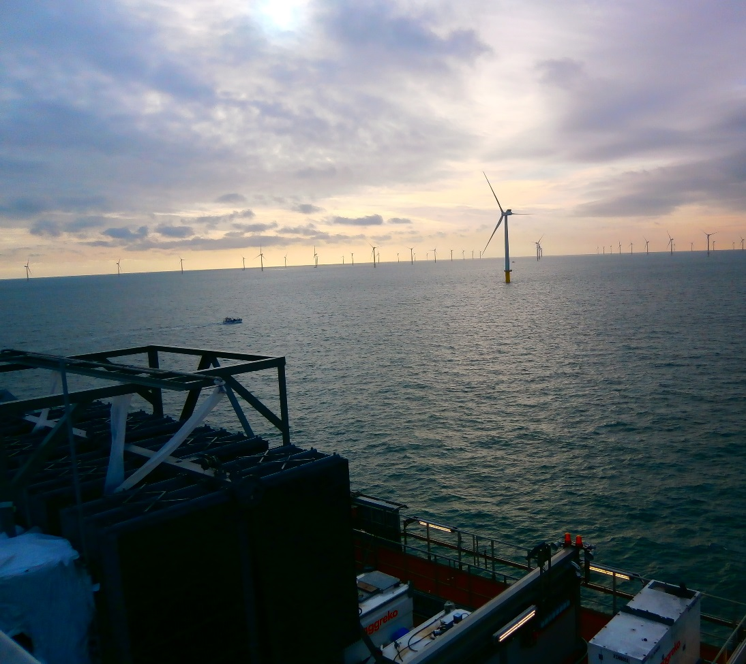In our ever-evolving world, biodiversity’s rich tapestry forms the bedrock of resilient and vibrant ecosystems across the globe. As we celebrate International Day for Biological Diversity in 2024, let’s explore its profound importance and our crucial role in safeguarding it. The decline of biodiversity isn’t just an environmental issue; it directly threatens humanity’s survival. Recognizing our impact on biodiversity loss and taking steps to address it can chart a course towards a sustainable future.
At Linxon, we go beyond mere compliance with environmental regulations. We take a proactive stance in protecting and enhancing biodiversity, making it a genuine part of our ethos. Our commitment to biodiversity preservation is not just a box to tick; it’s a fundamental aspect of our operations. We develop comprehensive ecological management plans for many of our projects, starting with a thorough assessment of the site’s ecological characteristics. This allows us to identify sensitive habitats and endangered species, and plan accordingly to protect them.
To minimize disruptions and safeguard native flora and fauna, we establish buffer zones around sensitive habitats in various projects. We implement mitigation measures to reduce adverse impacts when construction activities threaten biodiversity. This might involve relocating and replanting native species within the project site or adjacent areas to mitigate habitat loss.
In several of our projects, we focus on preventing the spread of invasive plant species. We incorporate rigorous monitoring and control measures to contain these invasive species and preserve native biodiversity. Additionally, we integrate pollution prevention measures into our projects to shield biodiversity from the adverse effects of construction activities. This includes erosion control, responsible waste management, and minimizing noise disturbances, which helps us uphold water quality and mitigate the risk of harm to wildlife.
Our commitment to enhancing biodiversity is demonstrated through several initiatives. For instance, we constructed a sustainable urban drainage system (SuDS pond) for the Seagreen project and a drainage ditch at Burwell, which was then adorned with native vegetation to foster the presence of water voles. Although further details are needed before these can be documented as case studies, we plan to visit Burwell over the next few weeks to assess the progress of the planting.
At Vineyard Wind, our weekly environmental walks allowed us to detect changes early on, highlighting our dedication to preserving local wildlife, from bats to ospreys. This careful monitoring was part of our broader environmental stewardship, which included implementing secondary oil containment systems and comprehensive wildlife protection measures. By involving the local community and minimizing transportation, we not only enhanced our environmental efforts but also reduced the project’s carbon footprint. Our tree-planting event at the onshore substation was explicitly designed to enhance biodiversity by reforesting the area with native species. This initiative aimed to restore natural habitats, increase carbon sequestration, and support a variety of local wildlife, demonstrating our commitment to creating resilient ecosystems and aiding climate change mitigation efforts.
In Shurton, we implemented another notable effort by diverting 18,000-19,000 tonnes of material from the site to be repurposed for the Hinkley Point C project. This innovative initiative transformed crushed stone, rock, and shale into a nature reserve, enriching the local ecosystem. The Somerset Levels, where this reserve lies, is renowned for its intricate network of rivers and wetlands, harboring a diverse array of flora and fauna of both national and international significance. This land, however, necessitates artificial drainage, irrigation, and alteration to maintain year-round agricultural productivity.
At the same construction site, we’ve created a well-being garden designed to enhance biodiversity and provide our staff with a peaceful respite from the demands of the construction environment. These gardens include insect hotels to shelter during winter months and a diverse array of pollen-rich plants to attract and sustain insect populations. Every element within the garden reflects our sustainability ethos, from repurposing leftover materials into planters to crafting ponds from reclaimed wooden packaging crates with solar-powered lighting and sprinklers to draw in wildlife. Even the seating consists of large rocks salvaged during excavation, minimizing waste and maximizing natural aesthetics. Additionally, we promote healthy eating habits by cultivating fruit and vegetable patches for staff enjoyment.
Our commitment to biodiversity preservation is not a one-time effort but a continuous journey. Through our holistic approach, we nurture biodiversity, foster employee well-being, and promote environmental stewardship. Beyond these immediate benefits, we evaluate our impact on biodiversity throughout the project’s lifespan. Annual bee counts on-site provide valuable insights into the garden’s role in supporting pollinator populations and overall ecosystem health. This ongoing evaluation underscores our dedication to long-term sustainability practices.





